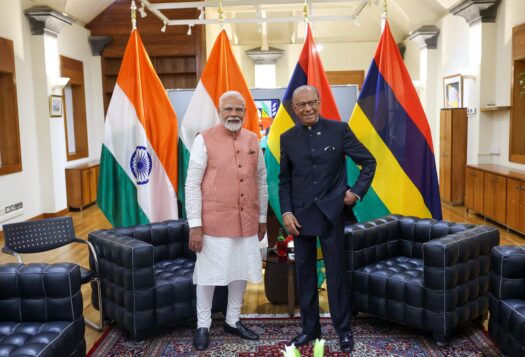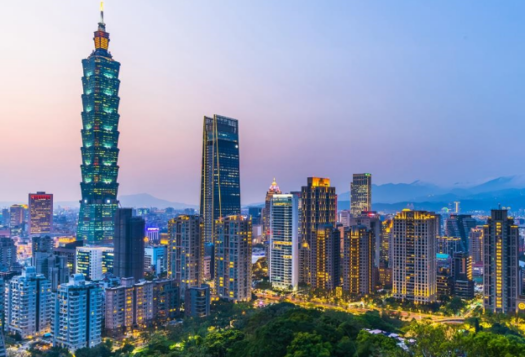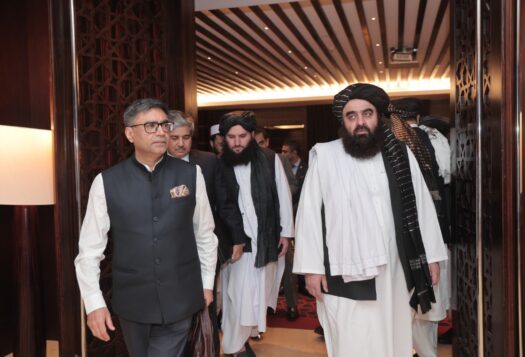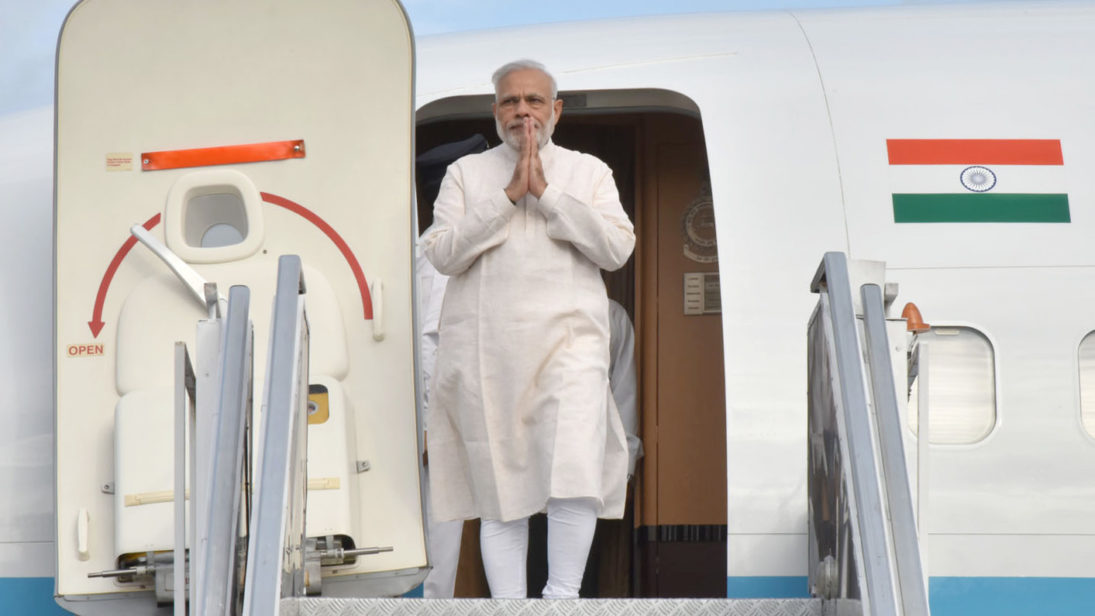
In May 2014, Prime Minister Narendra Modi gave the clearest indication of his government’s foreign policy direction by inviting his South Asian counterparts to his swearing-in ceremony, underlining the significance of India’s immediate neighbors on his diplomatic priority list. However, an assessment of the government’s foreign policy performance in the past four years reveals that New Delhi registered most misses closer to home though it had some successes in dealing with great powers and a mixed performance in its extended neighborhood.
Neighborhood First?
While acknowledging that a country’s foreign policy does not undo all its past ties just because a new government comes in, the Modi government’s ‘neighborhood first’ policy has moved in tandem with the former Congress-led United Progressive Alliance government’s decade-long emphasis on engagement with India’s neighbors. Bilateral ties with Bangladesh, for instance, are most representative of policy continuity, with the Modi government’s analogous over-dependence on the Awami League leadership, while staying clear of contentious conflicts like disputes over the Teesta river. Relations with Afghanistan, similarly, have continued to be characterized as ‘friendly engagement accentuated by positive public perceptions yet necessitating innovative forward movement.
Overall, with respect to its immediate neighborhood, the Modi government has at best reflected a continuity of policy from the previous government and at worst, arguably lost bilateral ground with many of its neighbors.
Engagement with Sri Lanka was certainly a break from tradition, with the politically-stable Modi government successfully moving India-Sri Lanka relations away from the baggage of Tamil politics and placing it within the ambit of cultural unity. However, despite having a supposedly ‘pro-India’ Maithripala Sirisena government in power since 2015, India has not been very successful in making a strategic dent in the Chinese presence on the island, contrary to what was hoped. This is replicated in the Maldives, albeit in a differing political setting. The Beijing-friendly Abdulla Yameen government is gradually becoming more dependent on China’s economic largesse, eating into India’s strategic space, with almost no effective Indian response. With the recent local elections in Sri Lanka favoring former President Mahinda Rajapaksa in Sri Lanka and Yameen’s political moves, the two countries seem to be slipping out of New Delhi’s influence.
Nepal and Pakistan underline Modi’s biggest misses in the region. Relations with Pakistan are mired in a bitter stalemate, and perhaps the worst they have been since Mumbai 2008 attacks. The ‘surgical strikes,’ Modi’s mention of Balochistan in his Independence Day speech in 2016, the government’s handling of the Kulbhushan Jadhav controversy can be underlined as some of the reasons. With Nepal, despite Modi’s initial outreach and support after the earthquake in 2015, the country’s new constitution created a rift between Kathmandu and New Delhi, taking a turn for the worse due to the Madhesi blockade. Though ties have improved recently, the past few years indicate that India is fast losing the leverage it had in Nepal, with the Chinese willing to fill the vacuum.
Overall, with respect to its immediate neighborhood, the Modi government has at best reflected a continuity of policy from the previous government and at worst, arguably lost bilateral ground with many of its neighbors.
Extended Neighborhood: Focus on Asia
The Modi government has built strong foundations in the Indian Ocean Region (IOR), with his visit to the island countries of Mauritius and Seychelles and ramping up engagement with the Indian Ocean Rim Association. The visits were important in economic, strategic, and energy terms and emphasized India’s maritime role in the Indian Ocean. New Delhi’s foreign policy in the IOR received a particular stimulus with the establishment of a separate IOR Division in the Ministry of External Affairs in January 2016. However, this initial euphoria was short-lived, with these countries either remaining virtually absent in foreign policy discussions or lacking a clear strategic vision in the second half of the government’s tenure.
Modi’s overtures brought a breath of fresh air and strategic gravitas to Southeast Asia with the ‘Act East Policy’ (AEP), a re-energized version of the Look East Policy of the 1990s. Beyond a mere change of labels, the AEP reflects keenness in enhancing trade and investment ties with Southeast Asia. However, despite meaningful efforts, India-ASEAN trade figures are far from vibrant and efforts for physical connectivity continue to lag.
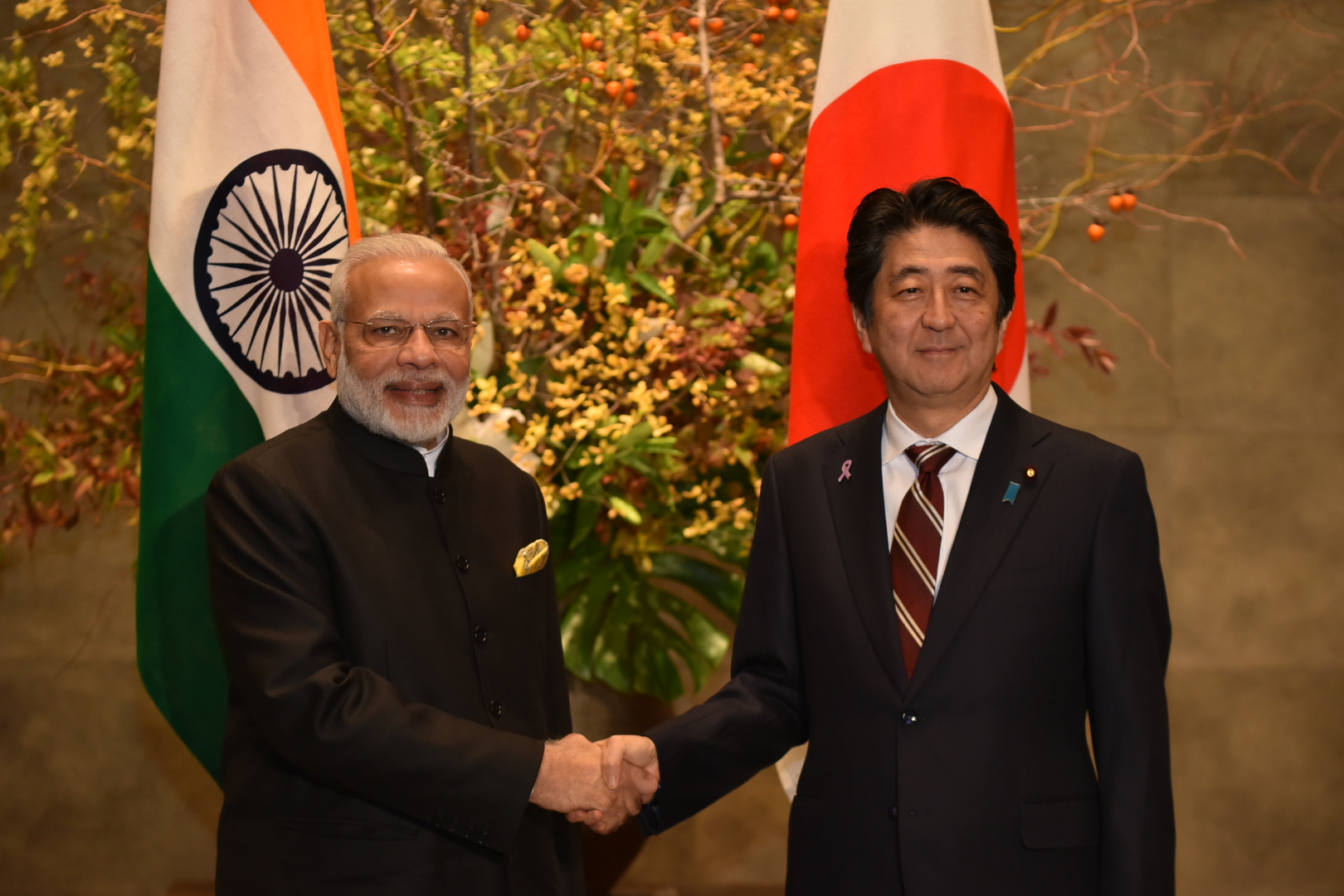
On a bilateral level, Modi’s foreign policy bagged one big hit and a major miss within India’s extended neighborhood. Success is marked by India’s deepening ties with Japan, elevated in 2014 to a ‘Special Strategic and Global Partnership.’ Significant progress in the area of connectivity, infrastructure cooperation, nuclear energy and technology, along with seamless coordination defined by personal chemistry between Modi and his counterpart Shinzo Abe underlines the government’s achievements.
The last four years of the Modi government’s foreign policy will be remembered for significant euphoria about an expanding Indian role abroad, an increased role for cultural diplomacy, Modi’s personal chemistry with world leaders, and a greater pro-activeness in leveraging common interests with partners.
The big miss has been the confusion over how to handle relations with China. Though there were hints of cooperation in the beginning, most of Modi’s term showcased a competitive spirit and a muscular approach in dealing with Beijing. This manifested itself in the Doklam standoff, India skipping the Belt and Road Forum due to concerns over the China-Pakistan Economic Corridor, and participating in talks to establish quadrilateral cooperation with the United States, Japan, and Australia, with an eye on China. However, Modi recently held an informal summit with President Xi Jinping in Wuhan to reset ties with China, and his government issuing guidance asking government officials to skip celebrations of the 60th anniversary of Tibetans living in exile in India. What emerges then is signals of Indian uncertainty about how to conduct its China policy, which could be detrimental in the long run.
Relations with Great Powers: United States Over Russia
Some of the biggest foreign policy successes of the Modi government have been witnessed in the outermost concentric circle of India’s external relations. Since 2014, the administration has proactively engaged with great powers and, in some sense, shifted away from its policy of non-alignment.
Since 2014, the administration has proactively engaged with great powers and, in some sense, shifted away from its policy of non-alignment.
This has paid off particularly well in the case of the Indo-U.S. strategic partnership, where bilateral engagements have witnessed the two sides “overcome the hesitations of history” and make much headway in arriving at a common understanding on a range of issues, including defense collaboration, foundational logistical agreements, and cooperation in the Indo-Pacific, among others. Relations between the two sides have been fostered by their shared interests, with optimism intact for the near future.
However, there has been a downturn in ties with Russia, with changing geopolitical dynamics bringing India and the United States closer, especially with regard to defense, and Russia ramping up ties with China and Pakistan.
Looking to 2019 and Beyond
The last four years of the Modi government’s foreign policy will be remembered for significant euphoria about an expanding Indian role abroad, an increased role for cultural diplomacy, Modi’s personal chemistry with world leaders, and a greater pro-activeness in leveraging common interests with partners. Going by the BJP government’s recent political performances, 2019 seems to be paving a path for an NDA return. In the foreign policy realm, this could mean continuity in bolstering great power relationships and a focus on the extended neighborhood beyond the fifth year of the Modi government. Whether relations with immediate neighbors continue to decline or the government chooses to reverse this trend remains to be seen.
Editor’s note: As the Narendra Modi government completes four years in office this month, SAV contributors analyze where it has succeeded and where it has floundered with respect to domestic and foreign policy. Read the entire series here.
***
Image 1: Press Information Bureau, India
Image 2: MEAphotogallery via Flickr
